15 Deserted Villages Around the World Frozen in Time
Deserted villages are scattered across the globe, their stories frozen in the past. Some were abandoned due to economic collapse, while others were left empty after natural disasters or wars. Over the years, these towns fell silent as the last residents moved on, searching for new opportunities. Today, only ruins and echoes remain, offering a glimpse into a way of life long gone.
This post may contain affiliate links, which helps keep this content free. Please read our disclosure for more info.
Pripyat, Ukraine
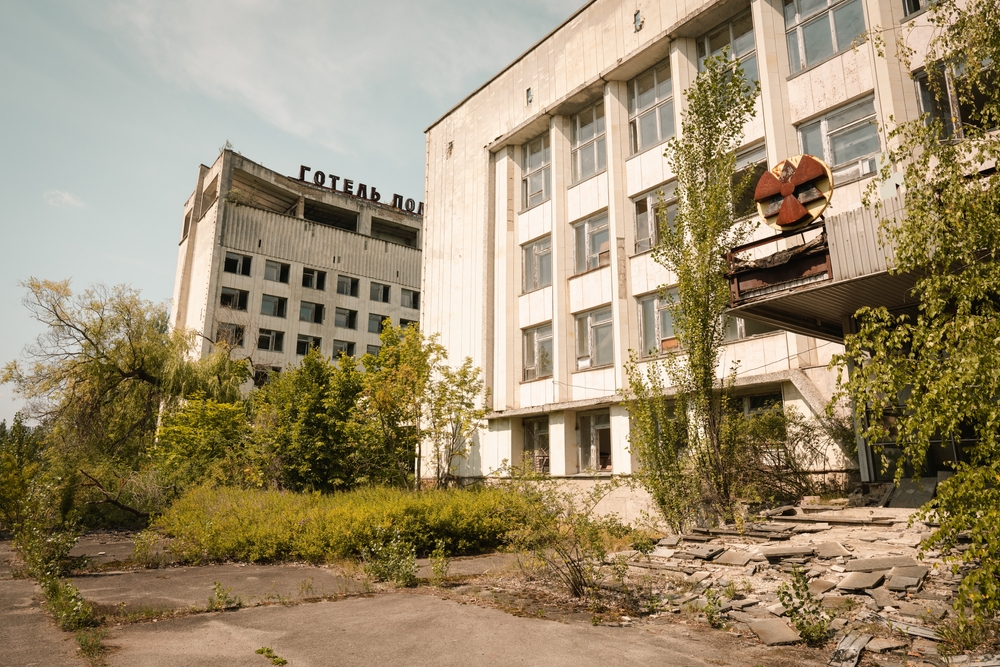
Located near Chernobyl, Pripyat was once a thriving town of 50,000 people, home to workers at the Chernobyl Nuclear Power Plant. In 1986, after the catastrophic nuclear disaster, the entire population was evacuated within hours, and the town was left behind. Today, Pripyat remains abandoned, with its buildings, schools, and amusement park still standing, overgrown with vegetation. The eerie silence and the rapid decay of this once-bustling place make it a powerful reminder of the disaster. Visitors to the area often describe the feeling of being transported back in time as they explore the decaying structures.
What makes Pripyat so haunting is how little has changed since its evacuation. The belongings of the residents remain untouched, from old photographs to personal items left behind in homes and schools. The iconic Ferris wheel in the amusement park is one of the most famous images of the town, frozen in time. The area remains off-limits to most, but some brave travelers visit the restricted zone, guided by experts. It is one of the most well-known deserted villages in the world, offering a chilling glimpse into the aftermath of the Chernobyl disaster.
Hashima Island, Japan

Hashima Island, also known as Gunkanjima or Battleship Island, lies off the coast of Nagasaki. In the 1950s, the island was home to a thriving coal mining community, but it was abandoned in 1974 when the coal reserves were depleted. The towering concrete structures and narrow alleyways, once packed with workers, now stand desolate and decaying. The island’s haunting appearance has earned it a place on the list of UNESCO World Heritage Sites. Visitors can only access the island on guided tours, offering a rare opportunity to see its crumbling remains.
What makes Hashima Island so compelling is its rapid transformation from a bustling industrial hub to a ghost town. The island’s concrete buildings, once home to over 5,000 people, now serve as a time capsule, with remnants of daily life still visible. It’s often referred to as one of the most eerie deserted places in the world, as nature slowly reclaims the island. Hashima is also famous for its appearance in James Bond films, further cementing its place in pop culture. Despite being abandoned for nearly 50 years, the island’s unique and haunting atmosphere continues to draw curiosity from around the globe.
Bodie, California, USA

Located in the Sierra Nevada mountains, Bodie was once a booming gold rush town in the late 1800s. After the gold ran out and mining became unprofitable, the town was abandoned in the early 20th century. Bodie has since become a state historic park, frozen in time with many of its original buildings still standing. The town’s preservation makes it one of the best examples of an authentic ghost town, with its wooden buildings and overgrown streets offering a glimpse of life during the gold rush. Bodie is particularly famous for the way it was left untouched, with personal items still left inside the homes.
The climate in Bodie is harsh, with temperatures often reaching extremes, which has helped preserve the town’s remains. It is not a typical ghost town, as it hasn’t been commercialized or heavily restored. Bodie is a place where you can still see old bottles, tools, and furniture in place, offering a window into the past. The town’s desolation and preserved state have made it a popular destination for those fascinated by the old west. A visit to Bodie feels like stepping into a time capsule, offering a raw and untouched look at life during the California gold rush.
Varosha, Cyprus
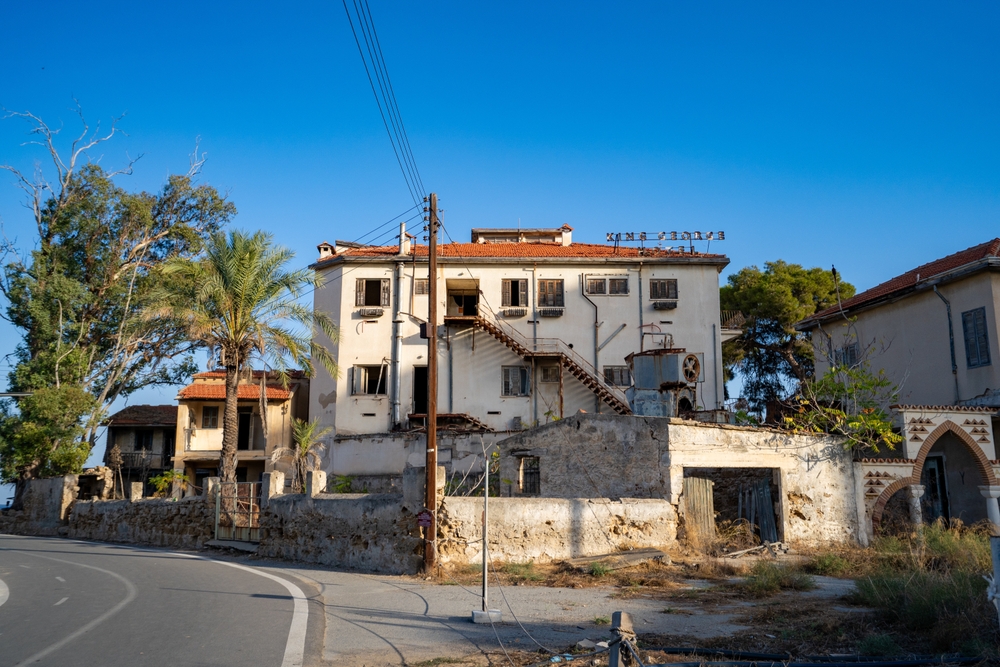
Varosha, once a thriving resort town in Cyprus, was abandoned in 1974 following a Turkish invasion that resulted in the division of the island. Prior to the invasion, Varosha was a glamorous destination for tourists, with luxury hotels, shops, and beautiful beaches. After the invasion, the area was sealed off by the Turkish military, leaving the once-bustling town to decay. Today, it remains a fenced-off ghost town, with buildings still standing but rapidly deteriorating. The town’s eerie atmosphere, coupled with its history, makes it a fascinating spot frozen in time.
What makes Varosha particularly haunting is how it has remained largely untouched for decades. Many of the buildings are in disrepair, with faded signs and broken windows, but they still reflect the town’s former grandeur. While some parts of Varosha are slowly being opened for tourism, much of it remains a symbol of the conflict that led to its abandonment. The eerie contrast between its once-thriving tourism hub and its current desolation makes it a poignant reminder of the island’s political turmoil. Varosha is one of the most intriguing examples of a place frozen in time due to geopolitical conflict.
Craco, Italy

Perched on a hill in southern Italy, Craco was once a thriving medieval town with a rich history dating back to the 8th century. However, a series of earthquakes and landslides in the 20th century forced the town’s residents to abandon it in the 1960s. The town is now a popular site for visitors interested in exploring its deserted streets and crumbling buildings. Craco’s dramatic location on a hilltop, with sweeping views of the surrounding countryside, adds to its allure. It’s also been used as a filming location for movies, adding to its mystique.
The abandoned village of Craco remains in a state of eerie preservation, with its stone buildings and narrow streets still intact but deserted. The town’s location on a steep cliff made it difficult for people to return after the evacuation, leading to its long-term abandonment. Craco’s historical significance and haunting atmosphere make it a popular spot for photographers and those fascinated by abandoned places. Visitors can walk through the remnants of the town’s ancient churches, homes, and streets, offering a sense of what life was like centuries ago. Despite the natural disasters that forced its abandonment, Craco continues to stand as a testament to the resilience and history of its people.
Kolmanskop, Namibia

Kolmanskop is a former diamond mining town located in the Namib Desert, Namibia. In the early 1900s, the town thrived as a center for diamond mining, but when diamond resources in the area were depleted, the town was abandoned by the 1950s. The well-preserved buildings, with their colorful interiors and vintage furniture, make it one of the most intriguing abandoned places in the world. The intense desert heat and arid conditions have helped keep the town relatively intact, despite decades of neglect. Today, Kolmanskop is a popular tourist attraction, offering guided tours that showcase its history and the life of its former residents.
What makes Kolmanskop unique is its preservation in the harsh desert environment, where time seems to have stopped. The former luxury homes of the miners’ families, with their high ceilings and ornate designs, are now a haunting reminder of the past. The town’s once-thriving economy, built on diamond mining, has long since disappeared, leaving only the remnants of a once-prosperous community. The eerie emptiness of the town, with its rooms filled with old furniture and dusty objects, makes it feel like stepping into a forgotten era. Kolmanskop remains a fascinating snapshot of life during Namibia’s diamond boom.
Oradour-sur-Glane, France
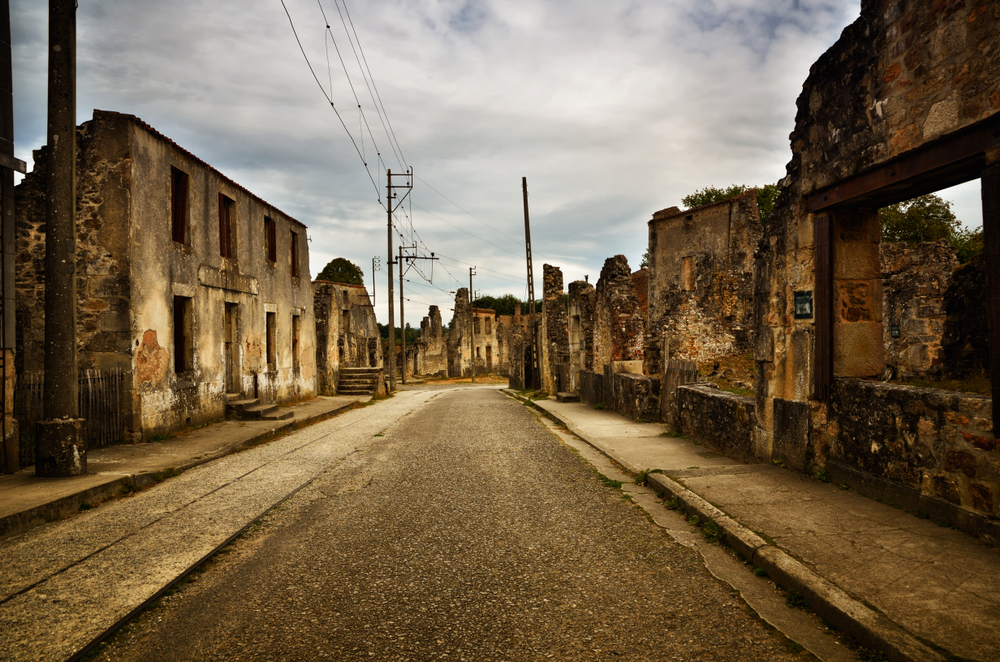
Oradour-sur-Glane, located in southwestern France, was the site of a tragic massacre during World War II. On June 10, 1944, the German Waffen-SS killed 642 villagers and set the town on fire as part of a retaliation against the French Resistance. After the war, the French government decided to preserve the ruins of the village as a memorial to the lives lost. Today, Oradour-sur-Glane stands as a haunting reminder of the atrocities of war, with its charred buildings and rusted vehicles frozen in time. The village has become an important site for remembrance and education, attracting visitors from around the world.
What makes Oradour-sur-Glane so impactful is its preservation in the state it was left after the massacre. The village remains largely untouched, with abandoned homes, shops, and the remains of the church still standing. Walking through the streets gives visitors a chilling sense of the tragedy that occurred here. The ruins, now part of a memorial site, are a stark reminder of the human cost of conflict. Oradour-sur-Glane serves as a powerful symbol of resilience, loss, and remembrance.
Pyramiden, Norway
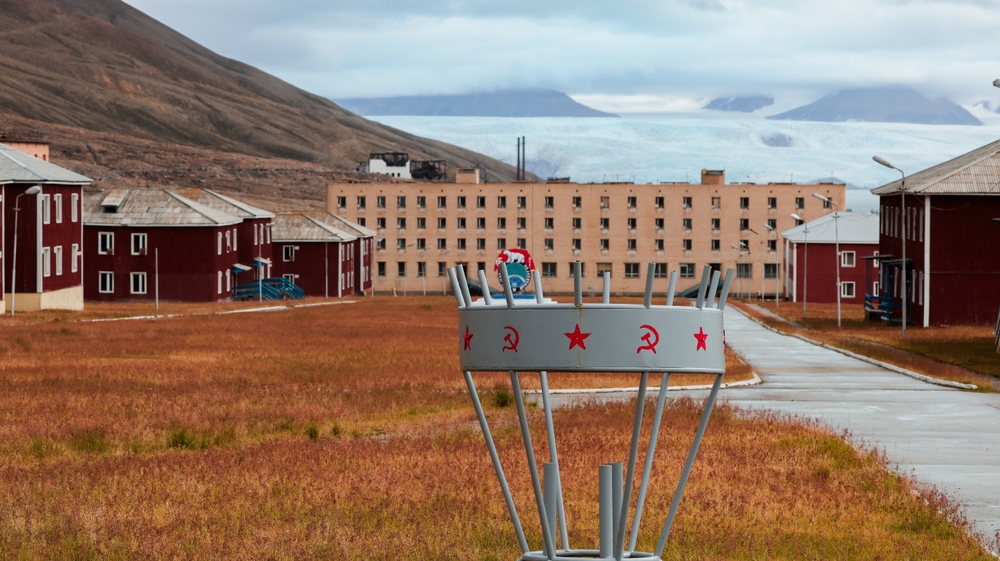
Pyramiden is a Russian mining town located on the island of Spitsbergen in the Arctic. It was established in the 1930s as part of the Soviet Union’s mining operations, but the town was abandoned in 1998 when the Russian government pulled out due to economic reasons. The town remains eerily preserved, with its Soviet-era buildings, statues, and equipment still standing, making it one of the most unique ghost towns in the world. The harsh Arctic climate has helped preserve the town’s structures, and it now serves as a surreal time capsule of the Cold War era.
What makes Pyramiden so fascinating is the stark contrast between its Soviet architecture and the icy, remote location. The once-bustling community now lies silent, with its schools, apartments, and hotel frozen in time. The town was built for a small community of workers, but when the Soviet Union’s interest in the area waned, the residents were evacuated, leaving everything behind. Today, the town is accessible only by boat or snowmobile, and it attracts visitors curious about the mysterious Soviet presence in the Arctic. Pyramiden is a hauntingly beautiful reminder of a bygone era and a unique glimpse into the past.
Belchite, Spain
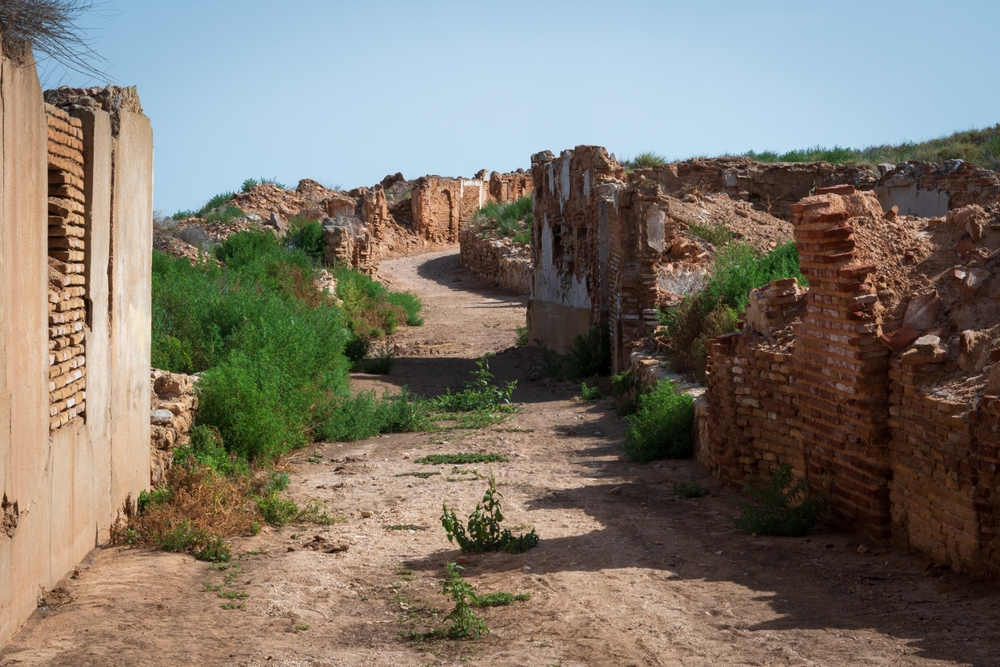
Belchite, located in the province of Zaragoza, Spain, was heavily damaged during the Spanish Civil War in the 1930s. The town was the site of a brutal battle between Republican and Nationalist forces, and much of it was left in ruins. After the war, the decision was made to leave the town as a memorial to the suffering endured during the conflict. Today, the town remains in a state of decay, with its destroyed buildings standing as a somber reminder of the war. Belchite is a popular destination for history enthusiasts and those interested in the legacy of the Spanish Civil War.
The ruins of Belchite offer a powerful and haunting glimpse into the past. The crumbling walls and empty streets are filled with the echoes of the battle that once raged here. The town’s preservation as a war memorial makes it a unique site, offering visitors a chance to reflect on the human cost of war. The devastation is a stark contrast to the quiet Spanish countryside that now surrounds the area. Belchite stands as a poignant reminder of the pain and suffering that the Spanish people endured during one of the country’s darkest periods.
Kayakoy, Turkey
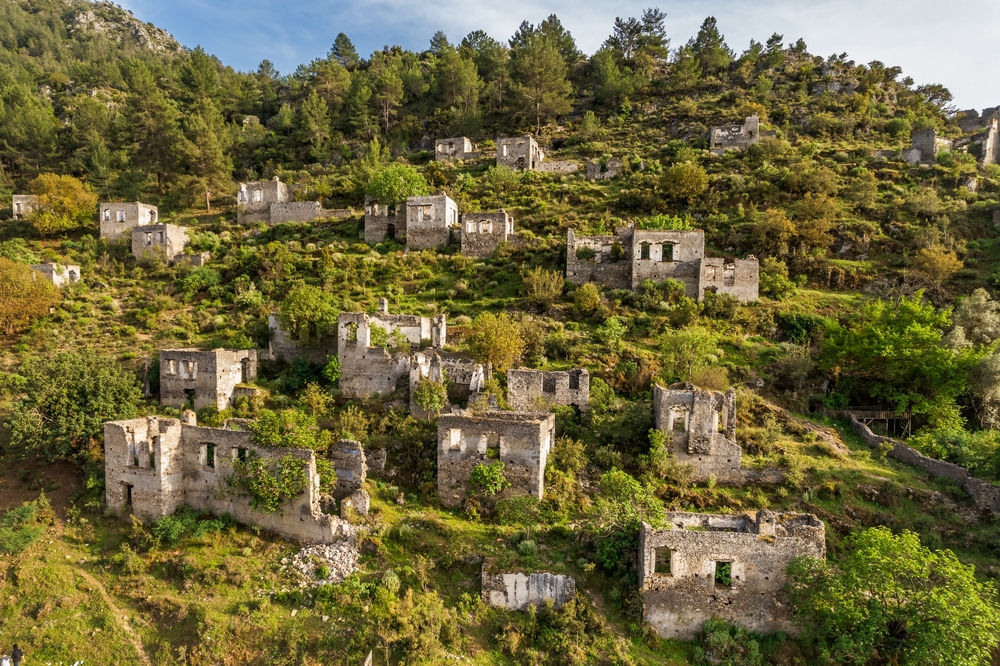
Kayakoy, located in southwestern Turkey, was once a thriving Greek village. However, after the Greco-Turkish War and the population exchanges between Greece and Turkey in the early 1920s, the village was abandoned. Today, Kayakoy is a ghost town, with its stone houses and churches still standing, eerily preserved. The village remains frozen in time, offering a glimpse of the lives that once filled the area. The ruins of Kayakoy are a poignant reminder of the political and social upheaval that led to its abandonment.
The village is known for its well-preserved buildings, including homes, chapels, and schools, which stand as silent witnesses to the past. The surrounding hills and trees have gradually encroached on the village, but many structures remain intact, making it an atmospheric place to visit. Kayakoy’s tragic history is reflected in the empty streets and abandoned buildings, which tell the story of a once-thriving community that was displaced. Today, the village serves as a historical site, attracting visitors interested in the history of the population exchange and its impact on the region. Kayakoy remains a powerful symbol of the cultural and historical changes that shaped Turkey in the early 20th century.
Humberstone, Chile

Humberstone, a former nitrate mining town in the Atacama Desert of Chile, was once a bustling community supporting the mining industry. However, the town was abandoned in the 1960s when the demand for nitrates declined and the industry collapsed. Today, Humberstone is a UNESCO World Heritage site, preserved as a historical monument to the nitrate boom. The town’s empty streets, crumbling buildings, and faded signs make it a haunting reminder of the past. The desert climate has helped preserve the structures, but nature is slowly reclaiming the land.
What makes Humberstone particularly fascinating is its preservation in the harsh desert environment, where time seems to stand still. The town’s buildings, once home to miners and their families, are now in various stages of decay, with their interiors filled with remnants of daily life. Visitors can explore the old hospital, school, and the miners’ houses, offering a rare glimpse into life during the nitrate boom. Humberstone serves as a reminder of the fleeting nature of industry and the communities that rise and fall with it. The town’s ghostly atmosphere and historical significance make it an important site for those interested in the history of mining in South America.
Famagusta, Cyprus
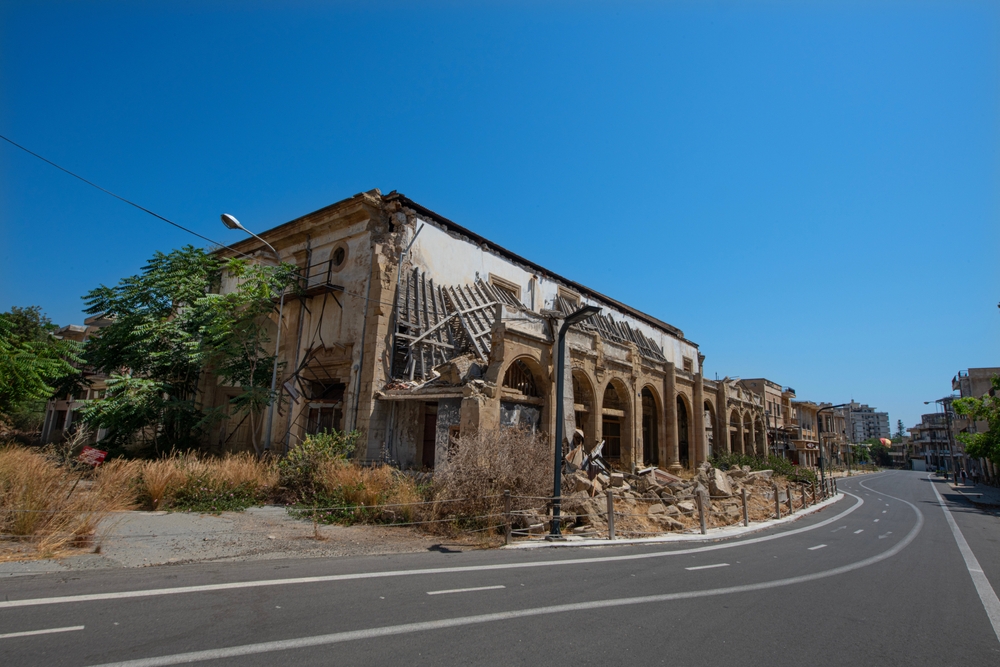
Once a thriving tourist destination, Famagusta is now a ghost town, largely abandoned since the Turkish invasion in 1974. The area, particularly the district of Varosha, was evacuated during the conflict and remains sealed off by the Turkish military. The once-luxurious hotels and bustling streets are now deserted, with buildings in various stages of decay. Today, Famagusta stands as a symbol of division and lost potential, with its empty beaches and derelict buildings frozen in time. The site remains largely inaccessible, but its eerie atmosphere draws attention as a poignant reminder of Cyprus’ tumultuous history.
The town’s eerie state has made it a focal point for those interested in the impact of political conflict on urban spaces. The skeletal remains of the town’s hotels, shops, and homes reflect a once-thriving community that was never able to rebuild. The empty streets, overgrown with weeds, are a reminder of how quickly life can change. For those able to visit, Famagusta provides a unique opportunity to witness the effects of war on a once-vibrant town. Its place in Cyprus’ political history makes it a significant location frozen in time.
Rocca di Cambio, Italy
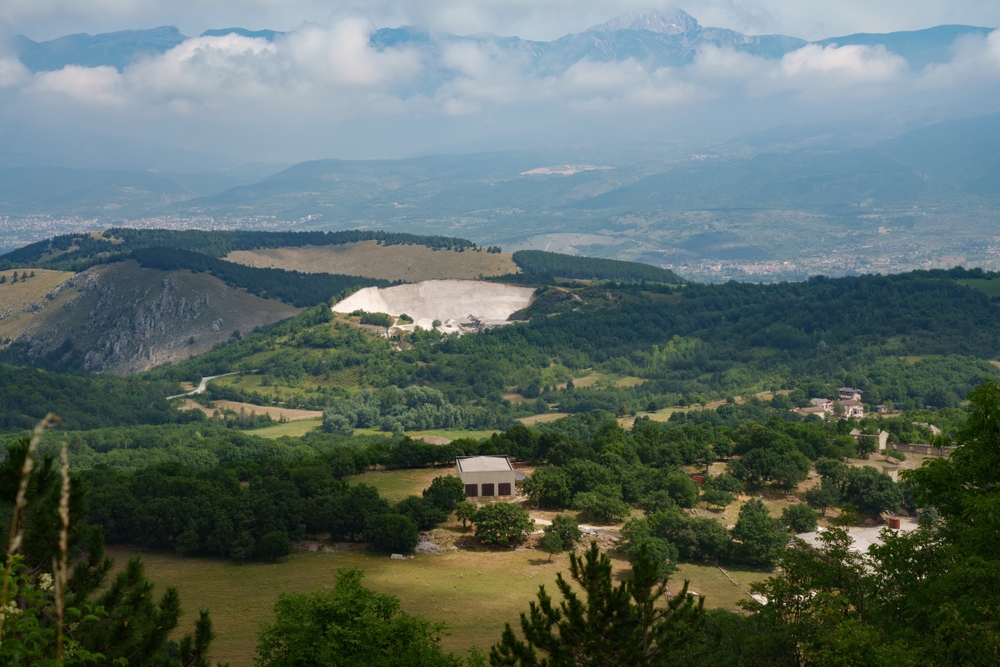
Rocca di Cambio, located in the Apennine Mountains of central Italy, was once a lively mountain village. In the mid-20th century, however, many residents left due to a combination of economic hardship and the declining importance of the town as a commercial center. Today, the village stands abandoned, with its stone houses and winding streets covered by moss and creeping vegetation. It’s a haunting place where nature and the remnants of human life coexist. The beauty of the mountains surrounding the village adds an eerie feeling to the setting, making it an intriguing place to visit.
The village’s decline came with the reduction of agricultural and commercial opportunities in the region. Once a place filled with life, Rocca di Cambio is now a picturesque but forlorn relic of the past. Visitors can explore the old church, homes, and streets, which remain untouched and preserved by time. Its isolation in the mountains only adds to its mystique, with the landscape remaining much as it was when the town was abandoned. Rocca di Cambio is an atmospheric example of how rural life in Italy was altered during the 20th century.
Wittenoom, Australia
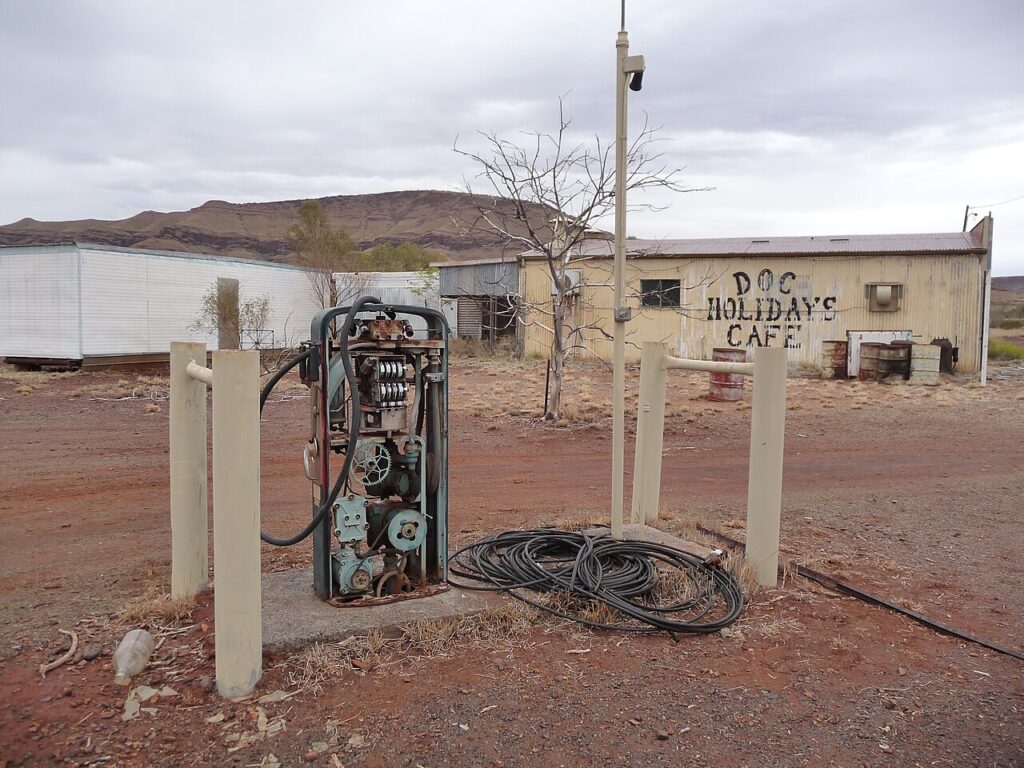
Wittenoom was once a thriving mining town in Western Australia, known for its blue asbestos production. However, after the health risks of asbestos became clear, the government shut down the mine and ordered the evacuation of the town. The town was officially abandoned in the 1960s, and today, Wittenoom remains one of the most infamous deserted places in Australia. Its decaying buildings and dusty roads are a chilling reminder of the dangers of industrial exploitation. Wittenoom’s history and the tragic deaths caused by asbestos exposure have made it a location of both historical and somber interest.
The town’s asbestos contamination makes it dangerous to visit, and the area is now largely off-limits. However, the remnants of Wittenoom, with its empty streets and abandoned buildings, continue to attract those interested in the history of industrial towns. The town’s name has become synonymous with the dangers of asbestos, and its deserted state is a direct result of its toxic legacy. Despite its abandonment, Wittenoom remains an important location in Australia’s history of industrialization and public health. It serves as a stark reminder of the consequences of industrial practices on human health.
Glenrio, Texas, USA
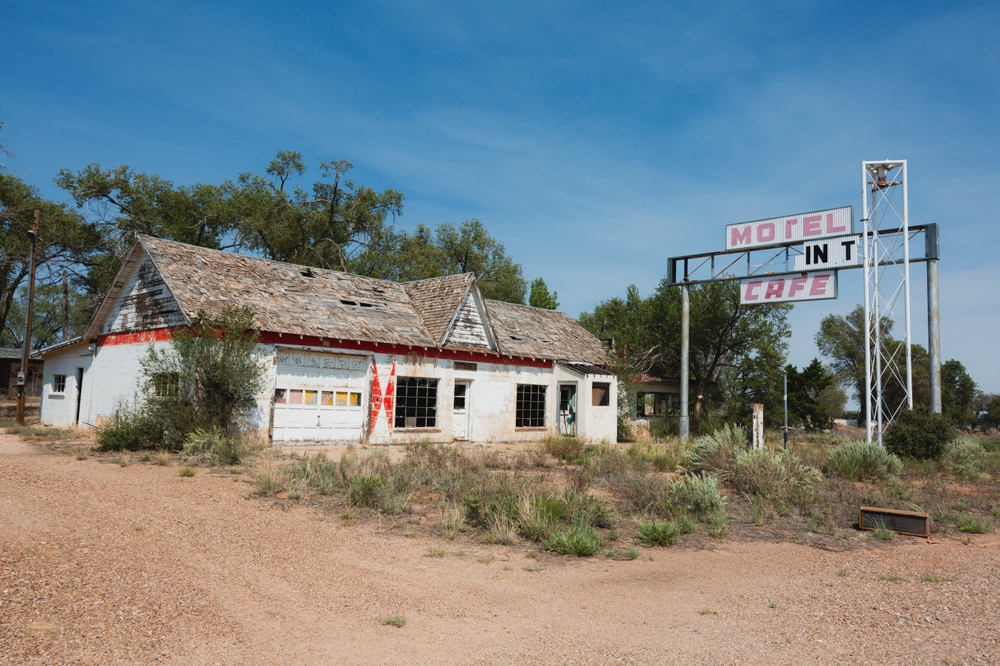
Glenrio, located on the border of Texas and New Mexico, was once a popular stop for travelers along Route 66. The town thrived in the early 20th century, with its gas stations, motels, and diners serving the influx of travelers. However, when the interstate highway system was established, bypassing Route 66, Glenrio saw a rapid decline and was eventually abandoned. Today, the town stands as a reminder of the golden age of American road travel, with its ghostly structures and empty streets. Glenrio’s desolation gives it a nostalgic, almost haunting atmosphere, making it a popular stop for those interested in the history of Route 66.
The reasons for Glenrio’s abandonment were primarily due to the changing nature of American travel. With the construction of interstate highways, the town’s role as a vital stop for travelers became obsolete. As businesses closed and the population dwindled, the town was left to decay. Today, the remnants of its motels and gas stations stand in contrast to the bustling highways that replaced them. Glenrio’s status as a Route 66 ghost town makes it an iconic location for those interested in the history of American travel and the changing landscape of the country.
This article originally appeared on Avocadu.
